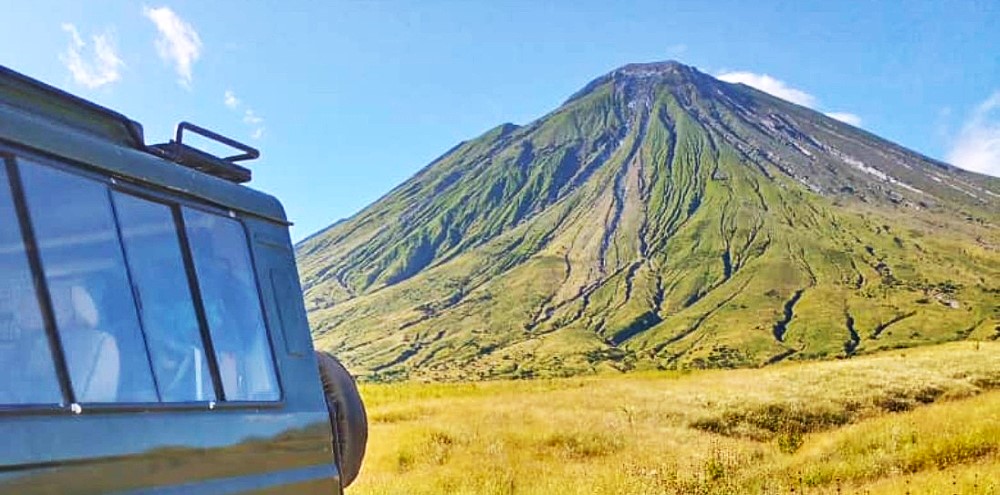Ethiopia’s Mount Dofan Eruption sends warning signals to Oldonyo L’engai residents in Tanzania
Ethiopia which recently experienced an earthquake of magnitude 5.8 which shook Abomsa and Amhara areas in the Afra region, near Addis Ababa is now suffering volcanic eruptions from Mount Dofan.
The epicenter is at a depth of 10 kilometers, and researchers predict even larger tremors in near future.
Thousands of residents have been evacuated and moved to temporary shelters.
Ethiopia’s Mount Dofan Volcano in the Afar region is currently erupting, with several large cracks also appearing in the ground in some areas roads have been caving in, signaling even more natural disaster in the making.
At least 2000 persons have been displaced after several Ethiopian communities experienced a series of earthquakes including a 5.8-magnitude tremor in the northern regions of the country.
The affected areas include the rural regions of Afar, Oromia, and Amhara, which have been experiencing heightened earth vibrations and seismic activity in recent months.
On the other hand, the Ethiopian incident is placing on alert the residents of Engaruka and Engaresero villages of Monduli and Ngorongoro in Northern Tanzania, where there is also an active volcano at Oldonyo L’Engai Mountain which of late has been sending out signs of geological actions.
Two weeks ago a slight tremor was experienced in the Northern Tanzania regions of Arusha, Manyara and Kilimanjaro.
Ol Doinyo Lengai located in Arusha is Tanzania’s third highest peak and an active volcano which usually shoots out the runniest lava on Earth.The last time the Oldonyo Lengai Volcano erupted was in 2006 and 2007.

The volcano base is located adjacent to Enkaresero Village in Ngorongoro District of Arusha Region, very close to Lake Natron.
The mountain stands 150 kilometers from Arusha City and is surrounded by important paleo-anthropological sites. In the past it has been experiencing eruptions that are usually confined to its summit though the lava flow can extend to several miles downhill.
There are records of Ol Doinyo Lengai eruptions going back to the 1880s, and the volcano has been periodically active ever since. Now a new study seems to be taking place digitally.
It is the only volcano in the world that expels carbonatite lava, which is extremely thin and saturated with alkali elements such as calcium and sodium.
Ol Doinyo Lengai, which in the Maasai language translates to ‘Mountain of God,’ spurts mainly lava flows that turn bone white when they dry.
This is due to calcium and carbon dioxide in the lava combining to form calcite and other carbonate minerals that break down quickly in the presence of water or humidity.

